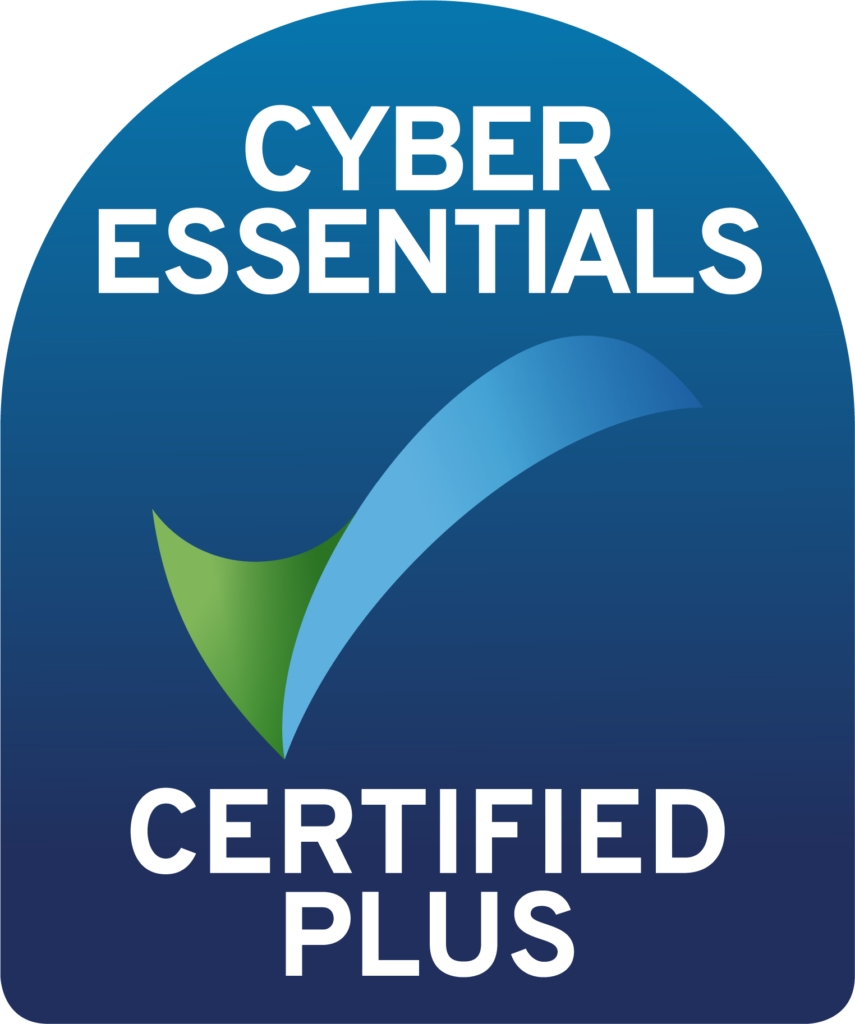Payment and e-money institutions must be ready to include additional information with wire transfers by the end of this month, with the new Wire Transfer Regulations (WTR2) (also known as the Fund Transfer Regulation, FTR) coming into effect on the 26 June.
These changes will come into effect even though we are still waiting for both the legislation and European guidelines. The finalised Money Laundering Regulations 2017, which will transpose the fourth Money Laundering Directive (4MLD) and those aspects of the WTR2 that must be transposed into national law, is expected to be finalised once Parliament returns after the General Election. The European Banking Authority’s guidelines on the measures payment service providers must take to detect missing or incomplete information on who is sending and receiving funds is expected in July, with the consultation closing today (5 June).
What is the purpose of the Wire Transfer Regulations?
The first Wire Transfer Regulations (WTR1) came into force in 2006, with the aim of making payments traceable by imposing information requirements on payment service providers (PSPs).
Under WTR1, information requirements are imposed on all payments, with the requirements for payments within the EU less onerous. For payments outside the EU, the name address and account number is required, whereas for payments within the EU, the payer’s account number is sufficient.
Here are the key changes your firm should be aware of.
Card payments
Under WTR1, transfers of funds using a card were outside the scope of the regulations provided the payee had an agreement with their payment service provider (PSP) permitting payment for the provision of goods and services.
Under WTR2, however, funds transfers via card payments are always within scope of the regulations. Card payments are only outside scope where they are used to pay for goods and services, and there is a card number accompanying the transaction.
Card issuers will have to consider this going forward if they allow funds transfers using the card.
E-money
Under WTR1, e-money payments below €1,000 were outside the scope of the regulations. Under WTR 2, this €1,000 threshold has been scrapped. E-money transfers are now only out of scope of the regulations where the transfer is used “exclusively to pay for goods and services”, and if it is accompanied by a card number.
Again, e-money issuers that allow person to person transfers will now have to attach the required payer information to payments below €1,000.
Requests from the payee’s PSP
Under WTR1, the payee’s PSP can request additional information on intra-EU payments, which the payer’s PSP must provide within three working days.
Under WTR2, where the payment is below €1,000, the payer’s PSP need only respond with the payer’s name and account number, rather than the full payer information.
Anonymous payments
WTR 2 places additional requirements on firms dealing in cash or anonymous e-money. For transactions involving cash or anonymous e-money, PSPs will now have to verify payer and in some cases Payee information, even where the transfer is for less than €1,000
Again, this will impose significant customer due diligence obligations on e-money issuers where they are not already verifying information on e-money payments below €1,000, as well as a significant increase in the Due Dilligence requirements for cash based remitters.
Payee information
WTR2 introduces a new role for the receiving PSP. Where the payee is receiving a payment exceeding €1,000, the payee PSP must verify information obtained on the payee on the basis of “documents, data or information obtained from a reliable and independent source”.
The payee’s PSP must also have effective procedures, including monitoring, to detect whether specified information is missing.
It is in respect of this requirement that we are awaiting guidelines from the EBA. It’s been made clear by the EBA that they expect firms to implement real-timing monitoring and that the concern that this will cause inconvenience or systemic difficulties is not a reasonable explanation for failure to do so.
Next steps
As you can see, WTR2 raises the bar in terms of information requirements for payment and e-money institutions. Firms may have to make significant changes to their existing systems and processes to ensure compliance.
With the 26 June fast approaching, please do contact me or one of my colleagues, for advice or assistance for your firm in its implementation of WTR2.







